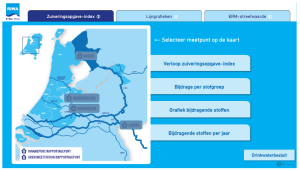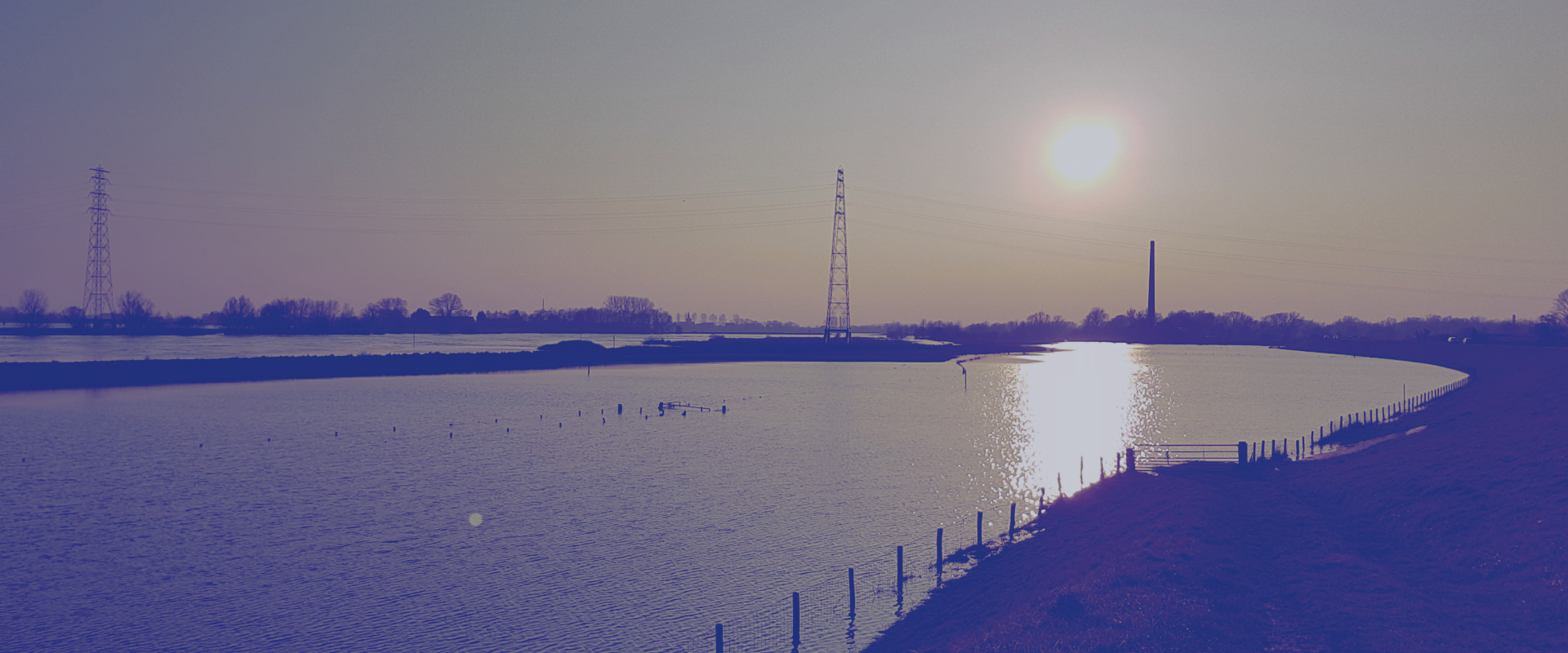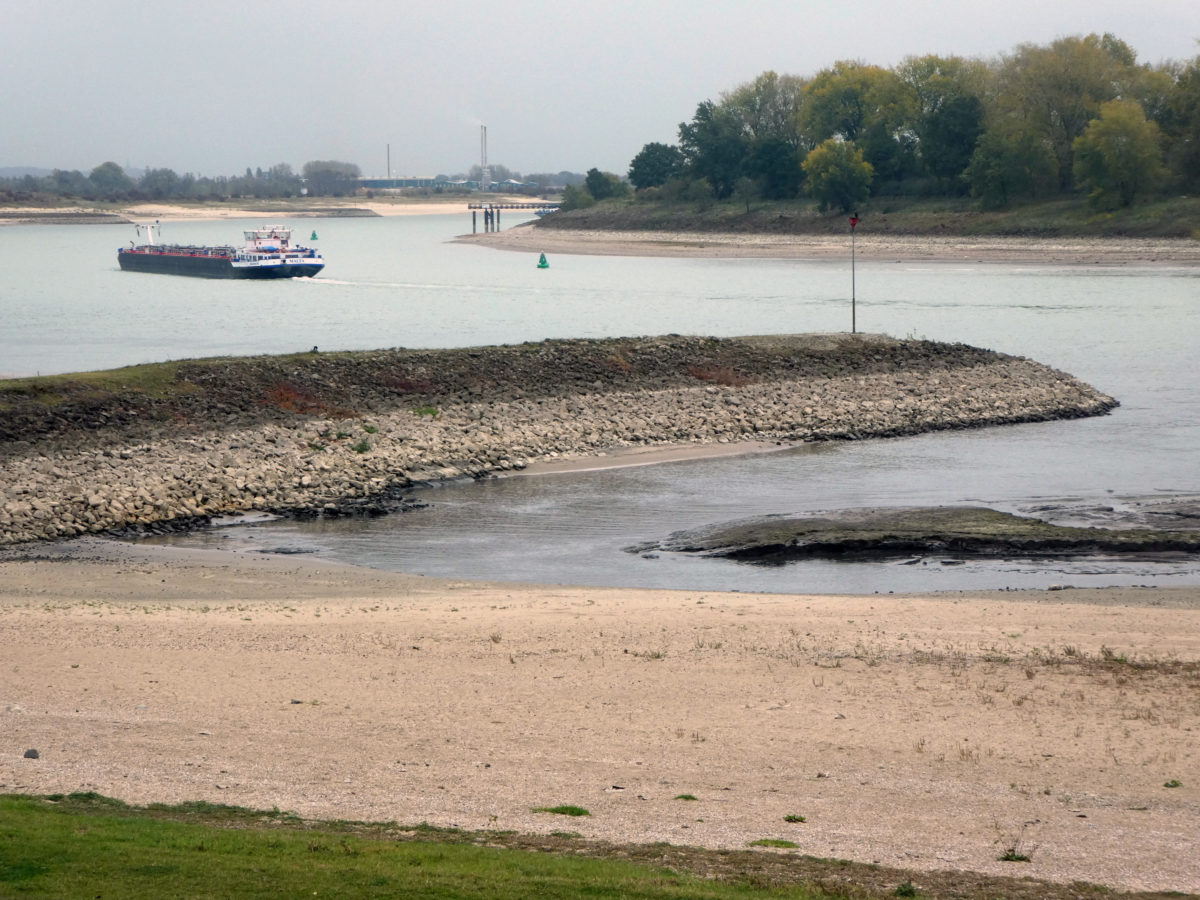The RIWA-Rijn Data Dashboard provides online access to the measurement data that RIWA-Rijn reports annually in the Rhine Water Quality Report. These data come from the member drinking water companies, Rijkswaterstaat and its own measurement programme at Lobith. The dashboard contains concentrations of more than 1,500 substances.

RIWA-Rijn annually reports concentrations of substances in the Rhine and assesses the water quality of the Rhine on the basis of 3 tests: comparison with the ERM target values, the purification task index testing Article 7.3 of the Water Framework Directive (WFD) and the progress towards the 30% reduction target of the Rhine Ministerial Conference. The results of the first two tests and the substance measurement data are presented in the new Data Dashboard.
The RIWA-Rijn Data Dashboard can be accessed at https://www.riwa-rijn.org/data-dashboard/.
With the launch of the Data Dashboard, RIWA-Rijn is following the digitisation trend and increasing the accessibility of data on the quality of Rhine water. Not only for the protection of this source of drinking water, but also for research into the distribution of substances in the environment and the ecological and toxicological state of the Rhine in a broad sense.






